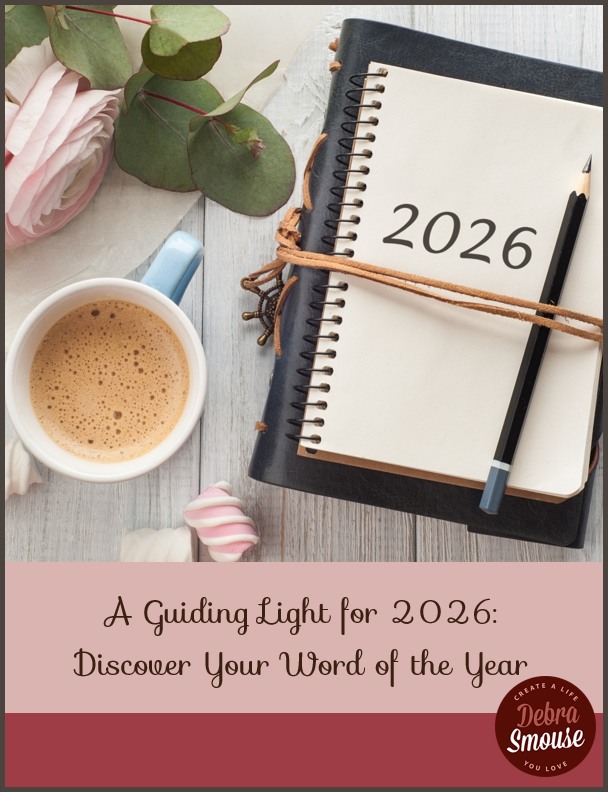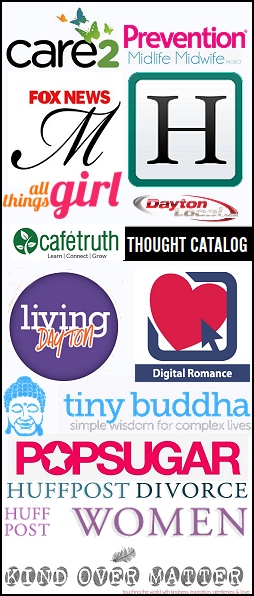If you’ve ever applied for a job or been responsible for hiring for a role, especially one that involves working with children or vulnerable adults, the chances are that you’ve come across both CRB and DBS checks.
The two terms often get used interchangeably, especially in older documents, but are they actually the same thing? Well, sort of, yes. But you shouldn’t use the terms interchangeably in formal settings – let’s take a closer look at why that is.
Some background
Before 2012, the UK’s Criminal Records Bureau (CRB) handled background checks. Employers – particularly in sectors like care, education, or security – would request a CRB check to see if someone had a criminal history that could affect their suitability for a role.
It was reasonably straightforward. You’d fill in some paperwork, wait a few weeks, and then a report would come back. If it was clean, the candidate would be suitable for the role. If not, it depended on the job and the offence.
Enter the DBS
In 2012, the Criminal Records Bureau merged with another body – the Independent Safeguarding Authority – to form a new non-departmental government agency, which was then called the Disclosure and Barring Service (DBS).
From that point forward, what used to be called a CRB check became known as a DBS check. It’s not really a different kind of check, it’s just that a new agency took over and expanded the process slightly to include barring decisions – essentially, keeping people who pose a risk away from certain roles.
So, while the term “CRB” is still floating around, it’s no longer the correct one to use. DBS is the modern, official replacement.
What’s actually changed
Functionally? Not much. You’re still checking for the same thing: any history of criminal convictions, cautions, or warnings that might be relevant to the job in question.
The main differences are:
-
- The name (CRB became DBS)
- The inclusion of barred list checks, where relevant
- An updated structure and process under the DBS body
So when someone asks if they need a CRB check, they really mean a DBS check. The goal remains the same: keeping the right people in the right jobs – and keeping others out.
The Types of DBS Check
Just like the CRB system, the DBS offers checks at different levels:
-
- Basic – Unspent convictions only
- Standard – Spent and unspent convictions, cautions, reprimands
- Enhanced – Includes relevant police info
- Enhanced with Barred Lists – Adds checks against lists of people banned from working with children or vulnerable adults
Which one you need depends entirely on the role. Only the basic check can be requested by anyone – all other checks are reserved for specific roles, and typically need to be processed by umbrella organisations like Personnel Checks.
In short, yes, a CRB check and a DBS check do essentially both refer to the same kind of background vetting, but CRB is the outdated term of the two. If you’re still using it, it’s important to start using the term DBS, whether you’re dealing with job applications or compliance documents. Failure to do so can lead to confusion at best, serious legal complications at worst.









